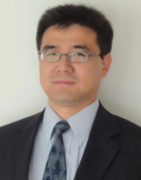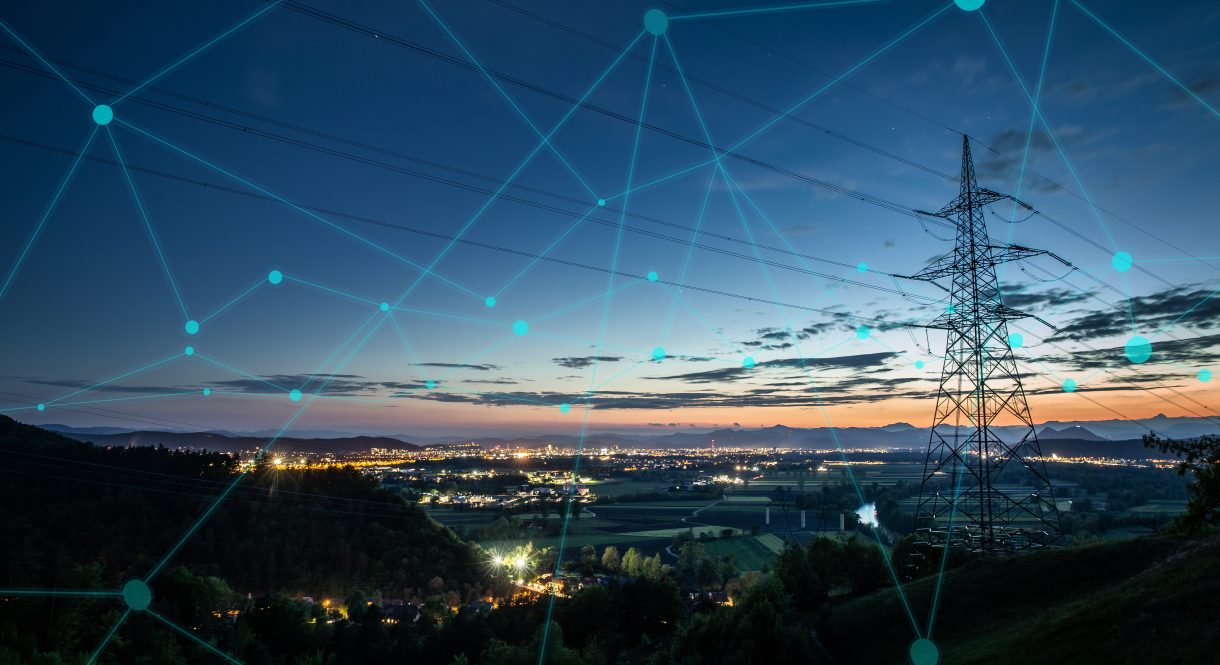The gas sulfur hexafluoride (SF6) has been keeping our electrical grid safe from dangerous arcing and explosions since its introduction to the public in the 1930s. Developed in a General Electric lab, sulfur hexafluoride is one of the most widely used insulation gases by electrical utility companies because of its reliability and safety, but remains relatively unknown by the general public.
Starting in the 1960s, as greenhouse gases and their effect on the environment became more widely known, sulfur hexafluoride has been identified as one of the largest causes of global warming. While most educational and legislative efforts have been focused on CO2, or carbon dioxide, emissions as a big offender, sulfur hexafluoride has flown under the radar despite its staggering global warming potential: 25,200 times that of carbon dioxide.
Because of that, University of Connecticut Electrical and Computer Engineering Professor Yang Cao has been selected to receive $2.7 million in funding over three years from the U.S. Department of Energy’s Advanced Research Projects Agency-Energy (ARPA-E) to develop a lifecycle management framework, with innovations in physics based aging modeling, aging byproducts fixation, and a low-cost, high-fidelity multi-gas leak sensor with GE Research, to help utilities make a smooth transition to a new, SF6– free electrical grid.

Cao will be working with Institute of Materials Science Director Stephen Suib, as well as scientists Radislav Potyralio and Karim Younsi from GE Research and others from GE Grid Solutions.
According to Cao’s research, the biggest barrier to utility companies switching to alternative insulating gases is the uncertainty regarding their decomposition characteristics and potential toxicity. Up until recently, companies have found it technically challenging to develop a new, alternative gas, until the recent development of alternatives from 3M and GE Grid Solutions. These new gas families have shown promise, and when mixed with buffer gases like carbon dioxide and nitrogen, have shown a keen ability to hold up in cold environments.
But even with the promise shown, there have been hurdles. Studies, which have been done exclusively outside the U.S., have seen some decompositions and some discrepancies in byproducts. With that uncertainty, and questions on lifecycle management, U.S. utilities have not yet adopted these new gases.
Over the next three years, Cao and his team will be focused on leaks, aging byproduct detection, and fixations for g3 TM (GE’s gas product). Through their development of sensing technologies and life cycle management approaches, U.S. utilities will be able to implement their technology on all types of equipment and be certain of the behaviors of these new gases. With minor adaptations, the technologies can be implemented on all types of SF6-free equipment and can be extended to retrofit in existing assets for SF6 leak detection and end-of-life fixation during the transition towards a sulfur hexafluoride-free green power network.
For more information on the ARPA-E projects dedicated to the transition of sulfur hexafluoride from electrical grids, please click here.



